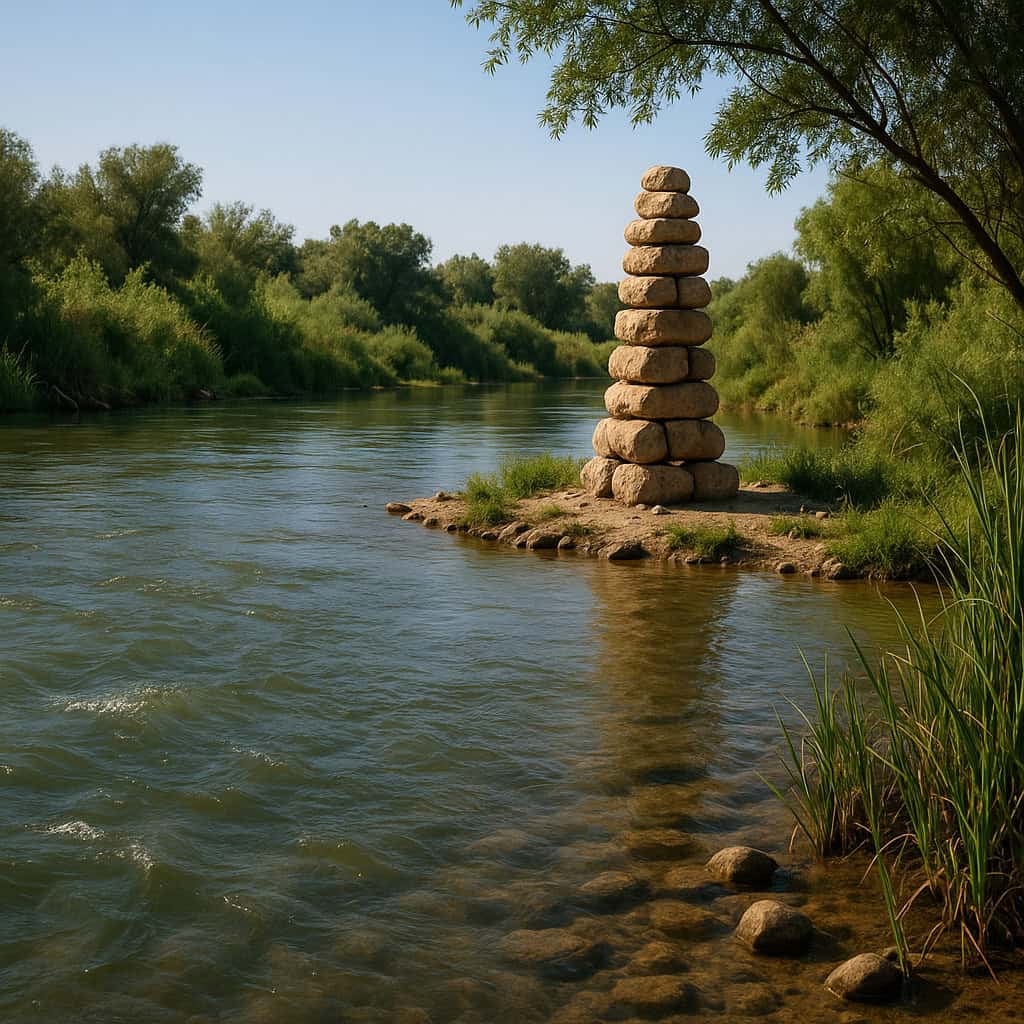Confession – I am not a very good cook. And I REALLY need a recipe if there is any hope of the result being edible. But this blog is not really about food.
Although when I think of “recipe”, I think of my gourmet cook grandmother whose handwritten recipes my sister saved (and copied for me, the non-cook). They include her beautiful handwriting and great phrases like “dash of lemon juice” or “stir in a little hot water” or “1/2 cup of very cold butter” – and even “be sure butter melts slowly”.
Of course, the narration if I was lucky enough to be in the kitchen as she cooked was filled with “just a smidge of this” and “let’s add a tad more…” and all I can tell you is that everything that came out of her kitchen was fantastic. Biscuits…and fudge…to die for!!
Then there are the endorsements – at the top of some of her recipes there is written “real good” in parentheses. Others have “good” with an underline – but the best have “GOOD” in larger bold writing with double underline.
Behind the recipes she settled on trying and keeping (which meant handwriting her version with tips & guidance) was a lot of research! I remember the routine of her daily trip to the grocery store to get what she needed for lunch (my grandfather came home from work at noon daily for lunch) and for the dinner that night. I think this was left over from the days of “ice” powered boxes instead of refrigerators – you couldn’t keep things cold and preserved dependably for very long.
Back to the routine – I remember her after-lunch naps which always started with reading the newspaper (quite a feat as she lay prone in a twin bed). She focused on the recipe section. Thoroughly. Cutting out or circling the ones she would consider worthy of testing out. It was a focus and a routine.
I am getting to my point here. What took me down memory lane with my grandmother was my own desire to help people get their Life-Story photobooks finished and done. Ready for enjoyment by their peers but especially by the generations to come. And just personally feeling great about having accomplished and published it.
My grandmother had only a high school education, but I found one of her textbooks titled “Foods and Household Management – a Textbook of the Household Arts”, copyright 1917:
Chapter I – Food Materials & Foods
Chapter II – Kitchen Furnishings
Chapter III – Fuels and Stoves
Chapter IV – Food Preparation (included in subtitles “How to study a Recipe”)
All the way down to Chapter XVI – Preparation of Meals and Table Service
And Chapter XXI – How to Buy
Yep – I went straight to the pages on How to study a Recipe – what a hoot! And it was right on. Let me know if you want details on that. But I must get back to my point.
In this delightful text was some wisdom – and in the recipes, the final “aha” moment for me as I pondered my Life-Story course.
What was disturbing me? The number of people who signed up and paid for the course was good. They declared they were definitely wanting to get their Life-Story down in a photobook with stories and pictures and details –really excited about it.
And the ones who completed it were over the top. But so many just did not get their physical project work done by the end of the delivery of the course. Or even seem to be on a trajectory of finishing it.
This truly dismayed me – my goal is to guide people through an easy path to get it done. Was the recipe wrong? …too difficult? …unclear?
As I thought about my grandmother’s recipes (or any recipe), she had to select it and then follow it exactly the first time she did it (the textbook actually taught this). And she did have to gather the proper ingredients and have the proper tools.
Such was the Life-Story course. I am being very honest with you here. It guides people through the proper tools, how to gather the proper materials, and then what to do with them to result in their Life-Story ready to be printed. But what was missing?
My grandmother’s rituals: she reviewed and picked a recipe knowing that both lunch and dinner were expected to be on the table at specific times. Deadlines. She didn’t complain about this at all – I realize I never asked her if she really liked cooking, or enjoyed preparing meals. She saw it as her task to be completed…to feed her family…and completed well. Daily.
She planned her trip to the store, got everything together, and she started meal preparation at pretty much the same time every day. Then she delivered (beautifully, I might add) a wonderful lunch and dinner. Planning PLUS execution of the steps was needed to deliver timely results.
That was the PLUS that I recognized was missing in the Life-Story course. The eggs have to be beaten then added to the other ingredients, the oven turned on and the proper time given to cooking just as outlined. An amount of time, daily, had to be set aside to accomplish both cooking tasks of the day.
And my grandmother did lots of others things – gardening, knitting, crocheting, sewing us beautiful wearables, ladies clubs and events, Sunday School teaching, playing the organ for the church…on and on.
The PLUS? – seeing the Life-Story course work as requiring a “daily” or “ritual” work time that had to be dedicated to it if there was to be a “product”. The PLUS is a commitment of regular time. It just was not happening for some folks. Our lives are overwhelmingly busy and each person has to determine their priorities as to where to spend their time.
I was very proud of my husband for finishing his Life-Story photobook. And I remembered that often I would check in with him and that would stir up either a “yeah, I need to work on that” or “I have been stumped by something” type of response. My checking in probably helped him stay on track with his “ritual” of work following the recipe of the Life-Story course.
Student feedback has given me assurance of the process or the system of the course so that I could write “GOOD” across the top of the course materials. Yet I am in pursuit of the PLUS of helping students in the course with the “ritual” of daily work, even in small doses, that is required to get the project done.
PLUS the commitment to getting the end result (the book) in a timely fashion. None of us know how much time we have left for doing this, right?
One “tool” I have decided to incorporate in the next round is a ritual of “time focus” –whether 2, or 3 or 5 times a week. This requires a commitment, I know, but being identified and planned (put on the calendar or to-do list) will be paired with a helper. It is the “pomodoro” technique of having 25 min of work and 5 min of fun break using a timer to help.
My proficiency teacher in this, Stacey Harmon, has an excellent free teaching on it HERE. And I do recommend using the Pomofocus timer which you can find HERE. (and use the soft ticking – it really works)
I have integrated these into the prioritized work items on my list and found them truly helpful. In our texting, emailing, interrupting events type of lifestyle, this focus technique is something I would recommend to anyone who “needs” to get a project done!
Here’s to “GOOD” recipes PLUS commitment and focus time for us all!!



